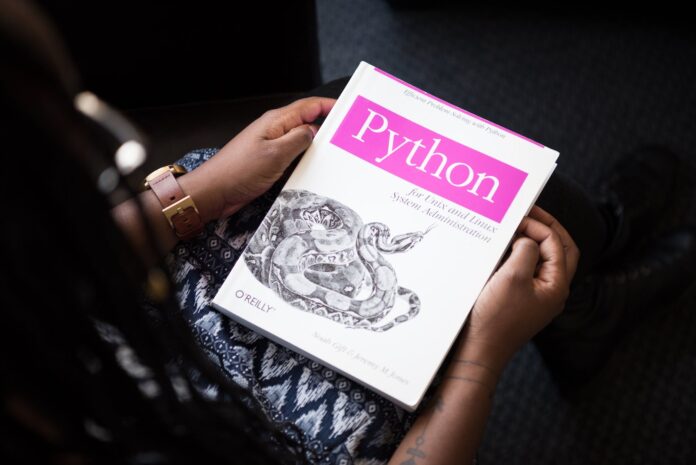
Looking for the most comprehensive list of Python interview questions and answers? Look no further! Our top 50 Python interview questions and answers cover everything from basic syntax to advanced concepts like decorators and generators. Get prepared for your next Python interview with our expertly curated list.
Frequently Asked 50 Python Interview Questions and Answers
Python is an interpreted, high-level, general-purpose programming language used for web development, machine learning, scientific computing, and data analysis.
PEP 8 is the official Python style guide. It provides guidelines for writing clean and consistent Python code.
A Python virtual environment is a self-contained directory tree that contains a Python installation for a particular project. It allows different Python projects to use different versions of packages and libraries without interfering with each other.
pip is the package installer for Python. It is used to install and manage Python packages and libraries.
A decorator is a special type of function that can modify the behavior of another function or class. It is used to add functionality to a function without changing its source code.
A tuple is immutable, which means its values cannot be changed once it is created. A list, on the other hand, is mutable and its values can be changed.
A shallow copy creates a new object that references the same memory locations as the original object, while a deep copy creates a new object with new memory locations that are not shared with the original object.
A module is a single file that contains Python code. A package is a collection of modules and sub-packages that are organized in a directory hierarchy.
A local variable is a variable that is defined inside a function and is only accessible within that function. A global variable is a variable that is defined outside any function and is accessible throughout the entire program.
A lambda function is a small anonymous function that can have any number of arguments but can only have one expression. It is useful for writing short, simple functions that are only used once.
‘is’ is used to test if two objects are the same object, while ‘==’ is used to test if two objects have the same value.
A generator is a special type of function that returns an iterator object. It allows you to iterate over a sequence of values without having to create the entire sequence in memory at once.
A generator is a special type of function that returns an iterator object. It allows you to iterate over a sequence of values without having to create the entire sequence in memory at once.
A docstring is a string literal that appears as the first statement in a module, function, class, or method definition. It is used to document the purpose, parameters, and return value of the function or method.
A while loop is used to repeatedly execute a block of code while a condition is true. A for loop is used to iterate over a sequence of values.
A list comprehension is a compact way to create a new list by applying an expression to each element of an existing list.
A set is an unordered collection of unique elements. It is used to perform set operations such as union, intersection, and difference
Python 3 is the latest version of the language and has some syntax changes compared to Python 2. One of the key differences is that Python 3 uses print() function whereas Python 2 uses print statement
Lists are mutable, while tuples are immutable. This means that elements of a list can be modified, while elements of a tuple cannot be modified.
The different data types in Python are numbers, strings, lists, tuples, dictionaries, and sets.
range() and xrange() are used to generate a sequence of numbers. The difference is that range() returns a list, while xrange() returns an iterator.
The pass statement is a placeholder statement that does nothing. It is used when a statement is required by syntax, but no action is required.
init is a special method in Python classes that is called when an object is created. It is used to initialize the object with default values.
The Global Interpreter Lock (GIL) is a mechanism in CPython, the default implementation of Python, that allows only one thread to execute Python code at a time, even on multi-core systems. This is to ensure thread safety and prevent race conditions.
A daemon thread is a type of thread that runs in the background and does not prevent the Python program from exiting when all non-daemon threads have completed. Non-daemon threads, on the other hand, are threads that are responsible for keeping the Python program running.
Pickling is the process of converting a Python object into a byte stream, while unpickling is the process of converting a byte stream back into a Python object. This is used for object serialization and deserialization.
Monkey patching is a technique in Python where you dynamically modify the behavior of an existing module or class at runtime. This is useful when you need to fix bugs or add functionality to an existing codebase without modifying the source code.
What is the difference between pickling and unpickling in Python?
Find this article next time with following search terms:
Python interview questions
Python interview questions and answers
Top Python interview questions
Python programming interview questions
Advanced Python interview questions
Python coding interview questions
Python technical interview questions
Common Python interview questions
Python interview questions for experienced
Python interview questions for beginners
I hope, this article would help you to know the top 50 python interview questions and answers. All the best for your interview!
